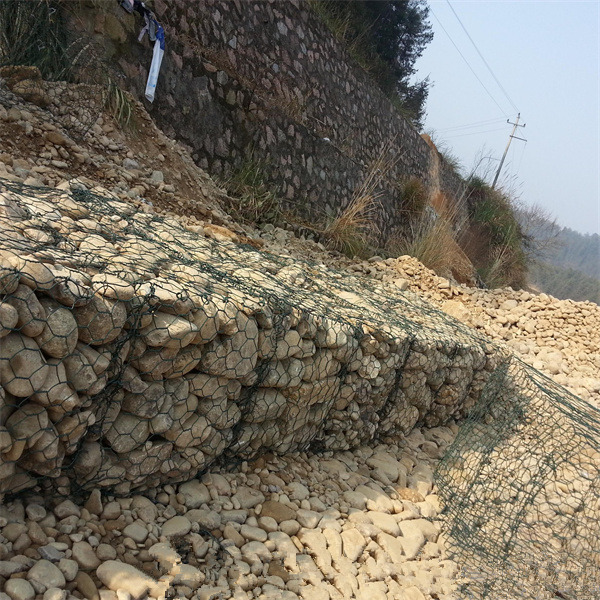dec . 03, 2024 16:26 Back to list
Creating Beautiful Garden Borders with Gabion Wall Edging Techniques and Ideas
The Charm of Gabion Walls in Garden Edging
In the realm of landscaping, garden edging plays a pivotal role in defining spaces, guiding paths, and adding visual interest to outdoor areas. Among the myriad options available, gabion walls stand out as a unique and eco-friendly choice. These wire mesh structures, filled with stones or other materials, not only serve functional purposes but also embody a rustic elegance that can enhance any garden.
What Are Gabion Walls?
Gabions originate from the Italian word gabbione, meaning big cage. They are wire cages or baskets filled with rocks, stones, or other materials, which can be used for various construction and landscaping projects. When applied as garden edging, gabion walls offer a sturdy yet flexible solution for creating borders, defining pathways, and controlling soil erosion. Their versatility makes them an appealing option for both contemporary and traditional garden designs.
Aesthetic Appeal
One of the most significant advantages of using gabion walls in garden edging is their aesthetic appeal. The natural textures and colors of the stone can complement a wide range of plantings, from colorful flowers to lush greenery. Gabions can be designed in different heights and arrangements, allowing gardeners to create distinct features within their landscape. Whether you choose smooth river stones or jagged granite, the visual impact is striking and organic.
Moreover, gabion walls provide an opportunity to incorporate local materials, contributing to a sustainable garden practice. By sourcing rocks from nearby quarries or even your backyard, you can create a landscape that feels rooted in its environment while promoting eco-awareness.
Functional Benefits
gabion wall garden edging

Beyond their beauty, gabion walls offer practical benefits. Their robust construction makes them ideal for retaining soil, preventing erosion in areas prone to runoff. This is particularly beneficial for sloped gardens, where maintaining soil integrity is essential. The porous nature of gabions also allows water to seep through, aiding in drainage and reducing the risk of water pooling in your garden.
Additionally, gabion walls can serve as creative seating areas or platforms for plants. By building them to specific heights, you can design integrated benches or display areas that elevate your garden experience. They can also provide support for climbing plants, allowing vines to weave through the wire and create a living wall effect.
Installation and Maintenance
Setting up gabion walls is a manageable DIY project, although it can be labor-intensive depending on the size of the wall. Begin by selecting a level area and outlining your desired shape. Next, assemble the wire mesh cages and fill them with the chosen stones. While it may take some time, the end result is well worth the effort, adding a distinct touch to your garden.
Maintenance is relatively low, requiring periodic checks to ensure the integrity of the wire and the stability of the stones inside. Over time, you might notice some settling or shifting, but this can usually be remedied with minor adjustments.
Conclusion
Gabion walls as garden edging offer a blend of aesthetic appeal and practical utility, making them an excellent choice for gardeners seeking something unique. Their natural beauty, functional benefits, and eco-friendly aspects enrich the landscape while helping to manage soil erosion and define spaces. Whether you are looking to create a stunning visual focal point or seeking sustainable landscaping solutions, gabion walls undoubtedly deserve a place in your gardening plans. Embrace this innovative approach to garden edging and watch your outdoor space transform into a harmonious blend of nature and design.
-
The Role of Galvanized Gabion Mesh in Riverbank Protection
NewsJun.26,2025
-
The Role of Gabion Basket Raised Bed in Sustainable Gardening
NewsJun.26,2025
-
Quality Assurance of Wire Mesh Gabion Baskets
NewsJun.26,2025
-
Installation Guide for Welded Gabion Box
NewsJun.26,2025
-
How to Choose the Right Gabion Box
NewsJun.26,2025
-
Different Types of Gabion Wire Mesh
NewsJun.26,2025
-
Why PVC Coated Gabion Mattress Is the Best Solution for Long-Term Erosion Control
NewsMay.23,2025






